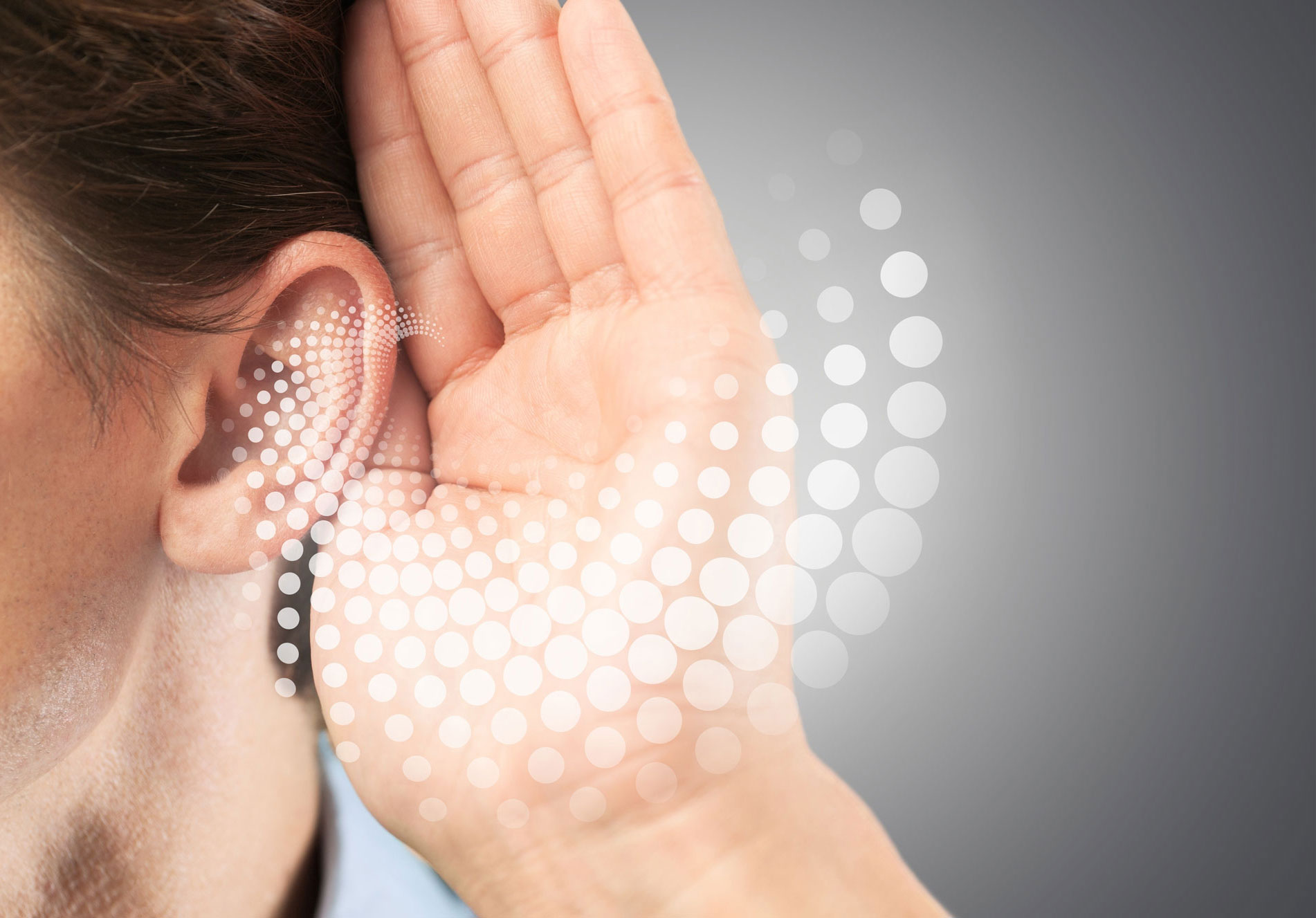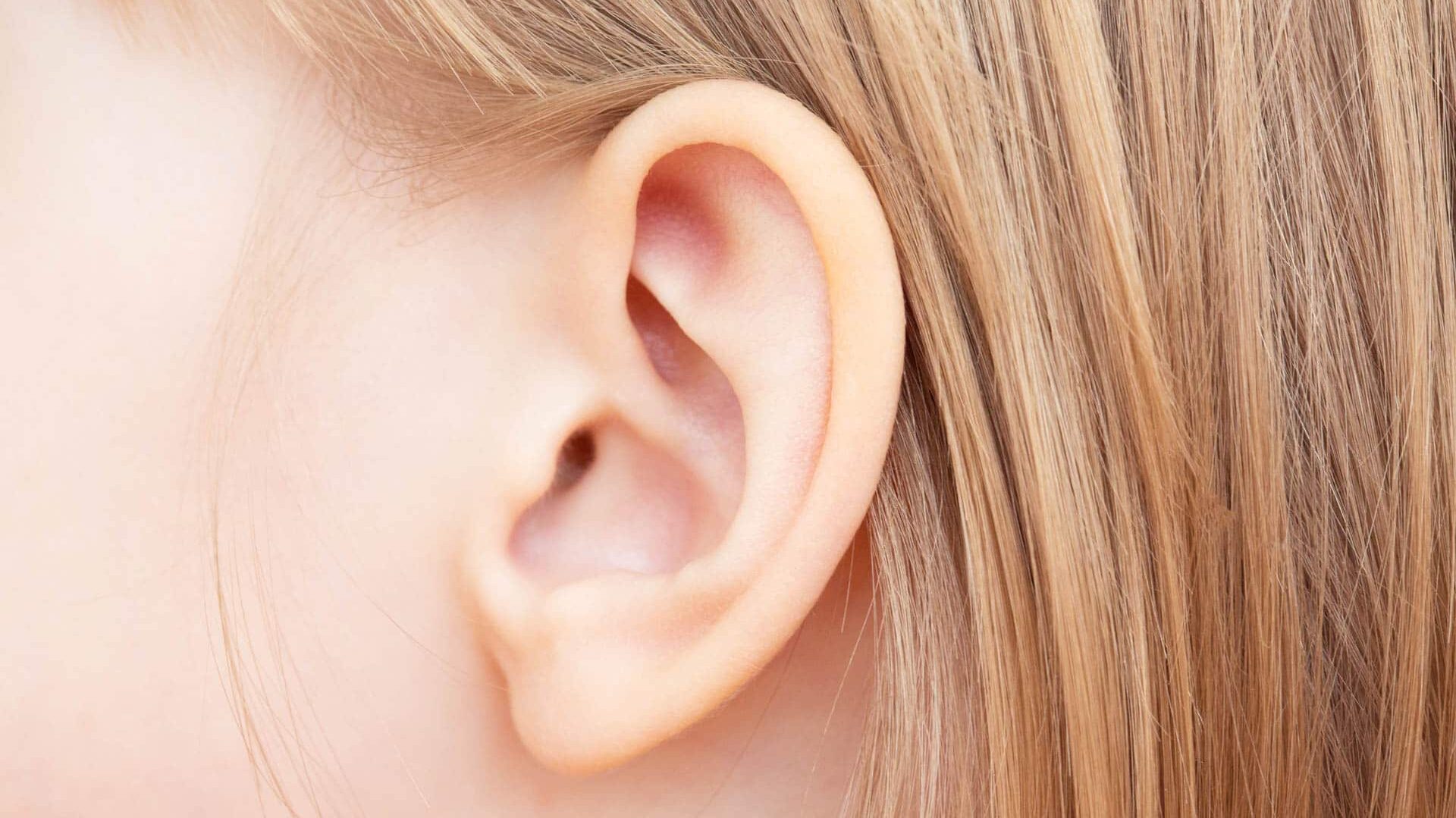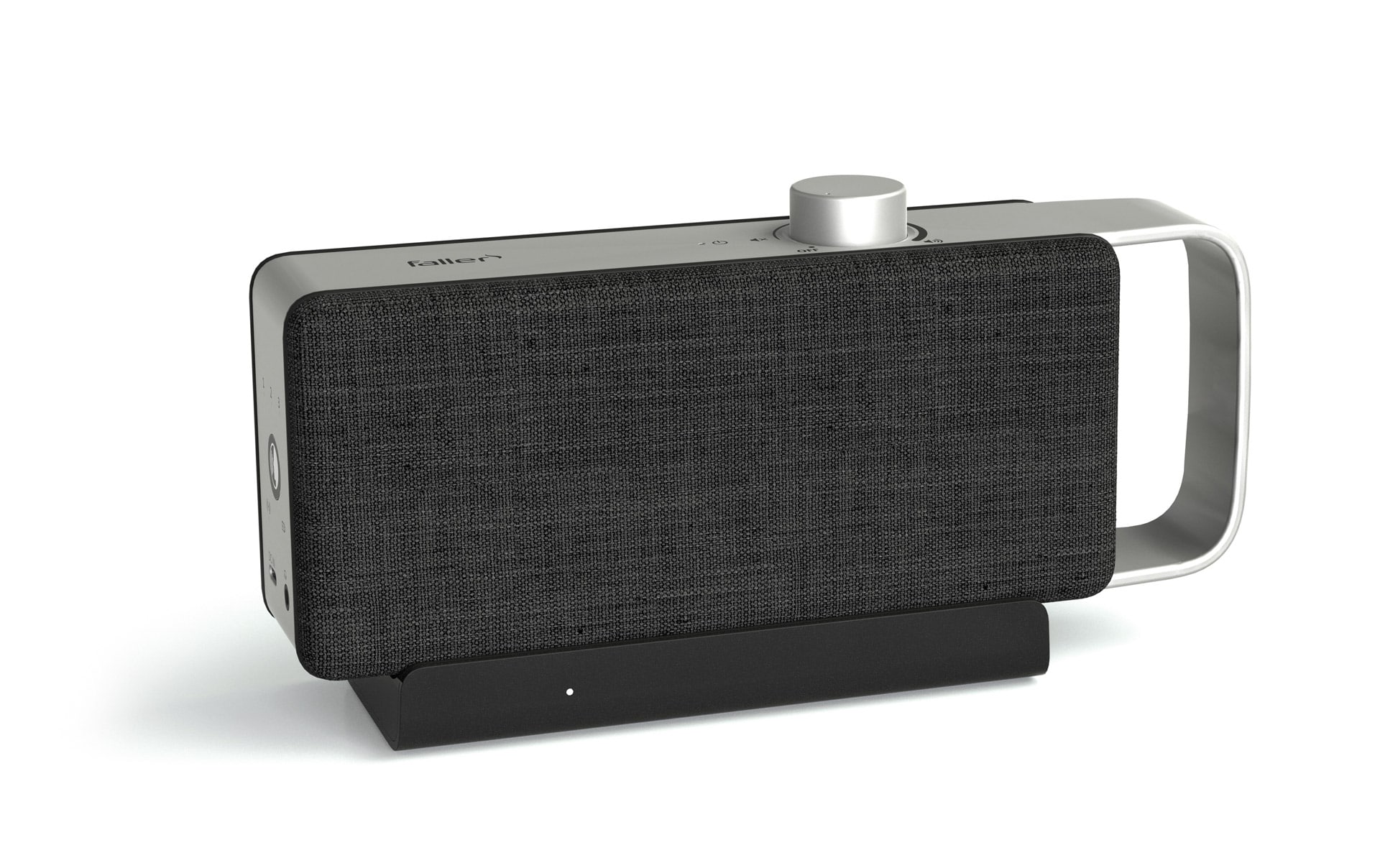HÖRST
How does hearing work?

Table of contents
From sound to auditory perception
The process of hearing is amazingly complex and fascinating. The finely tuned mechanisms of our hearing enable us to experience the diversity of sounds in the world. Our ear not only functions as a pure sound receiver, but also processes the incoming sound waves in an amazing way to enable us to perceive sounds precisely. In this article, you will learn more about the amazing abilities of our auditory system.
The structure of the ear: three main parts for a unique function
The human ear consists of three main parts:
- the outer ear
- the middle ear
- the inner ear
These parts all play a crucial role in the process of hearing. But how exactly do they contribute to our ability to perceive the sounds and noises around us?
The outer ear comprises the pinna and the auditory canal. The pinna catches the sound waves and directs them into the auditory canal. The sound waves vibrate through the ear canal and hit the eardrum. These vibrations set the process of hearing in motion. Just like a funnel that directs water into a bottle, the pinna directs the sound deep into our ear.
The middle ear is home to three tiny bones: The malleus, incus and stapes - the ossicles. They are the smallest bone system in the human body and transmit sound waves from the air to the inner ear. This part also contains the tympanic cavity, an air-filled space that equalizes the pressure between the outer and middle ear. This creates a connection between the auditory canal and the inner ear, a bridge that carries the sound.
The cochlea is located in the inner ear. It is filled with fluid and contains thousands of sensory hair cells. These hairs react to the smallest movements and convert them into electrical signals.

The path of sound: from the pinna to the brain
The path of sound from the pinna to the brain can be imagined as a kind of relay race in which the baton - in this case sound - is passed from one team member to the next. At each step of the process, the sound changes and approaches its final form as a sound that our brain can recognize.
Step 1: Recording the sounds through the outer ear
The sounds around us are sound waves that vibrate through the air. These waves hit the auricle, are bundled and directed into the ear canal.
Step 2: Transfer to the middle ear
The sound waves hit the eardrum and cause it to vibrate. These vibrations are passed on to the auditory ossicles, which amplify the vibrations and transmit them to the inner ear.
Step 3: Conversion into electrical signals in the inner ear
The vibrations reach the cochlea and move the fluid inside. The hairs of the sensory hair cells follow this movement, which leads to electrical impulses.
Step 4: Transmission of the impulses to the brain
The electrical signals generated are picked up by the auditory nerve and transmitted to the auditory center in the brain. There they are interpreted as sounds and tones. The auditory nerve is like a messenger that carries the messages from the hair cells to the brain.

Our hearing: frequencies and frequency ranges
The human ability to hear is impressive. We can perceive a wide range of frequencies. The normal frequency range that human hearing can cover is between 20 Hz and 20,000 Hz. However, it is important to know that our hearing can deteriorate over time, which can lead to hearing loss.
Modern solutions for hearing: Hearing aids
If hearing loss occurs at some point, whether due to age or illness, there are various aids that can improve hearing. Hearing aids, for example, amplify sound waves so that they can be picked up and processed more easily by the ear.
However, hearing aids are generally designed to amplify all sounds, i.e. both speech and ambient noise. This can be particularly problematic when watching television.
For this reason, faller audio has developed the OSKAR TV hearing amplifier for the hard of hearing. The portable loudspeaker amplifies dialog while watching TV and at the same time filters out disturbing background noise. This makes it a useful addition to a hearing aid.
More articles

Choosing the right walking stick

Checking driving fitness in old age

